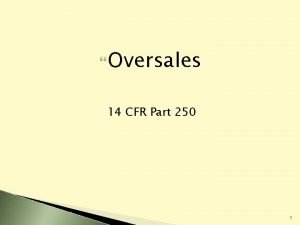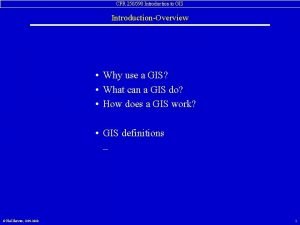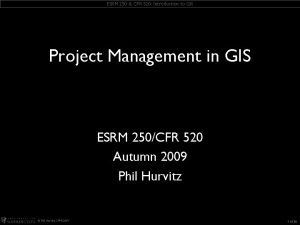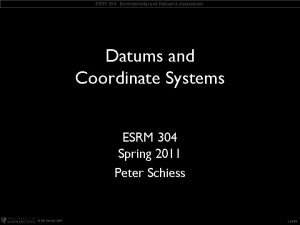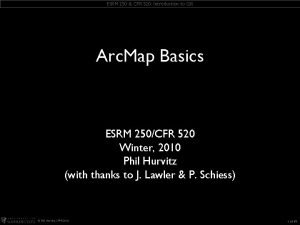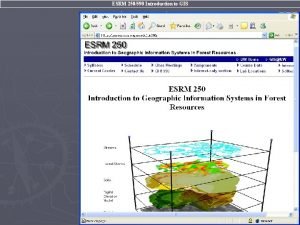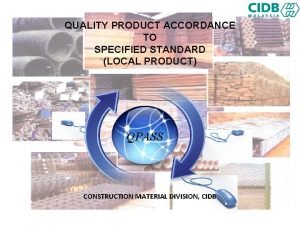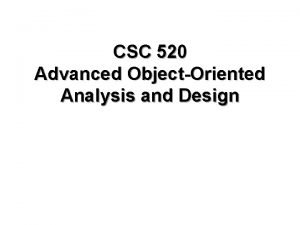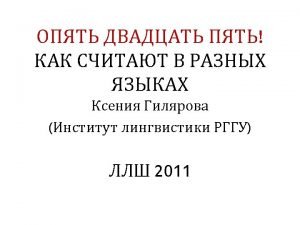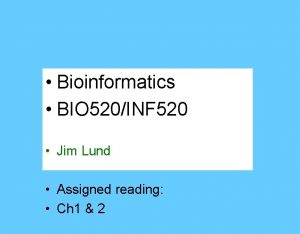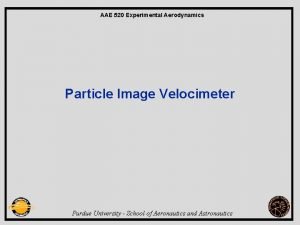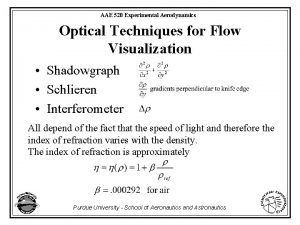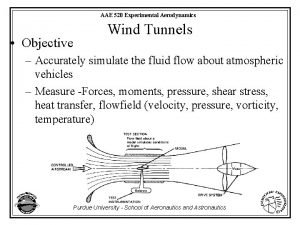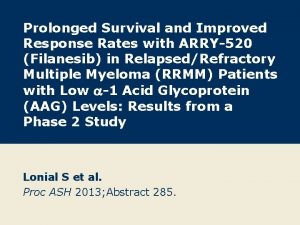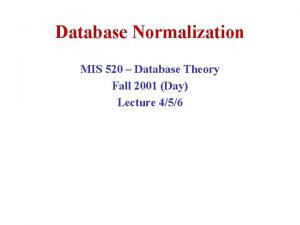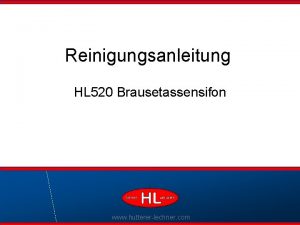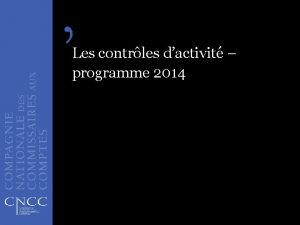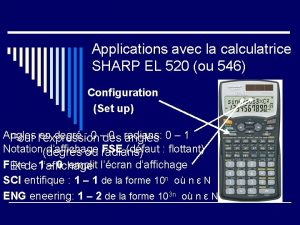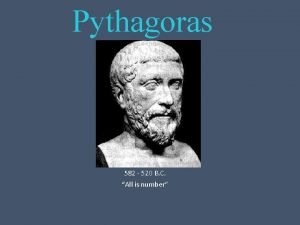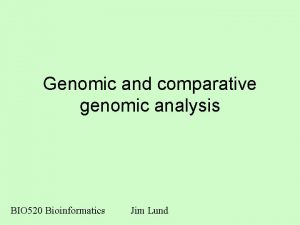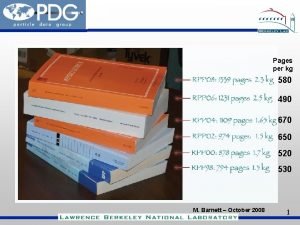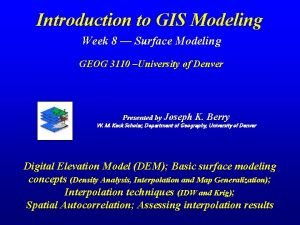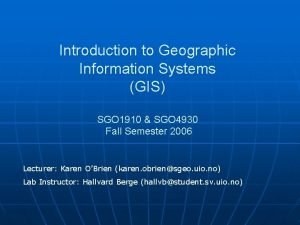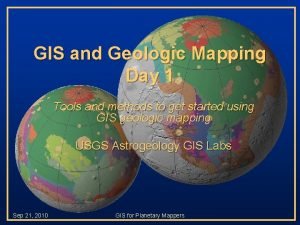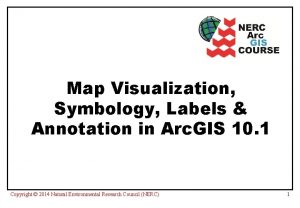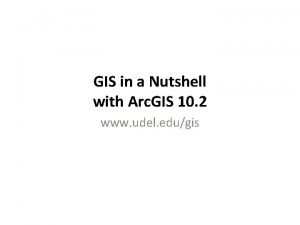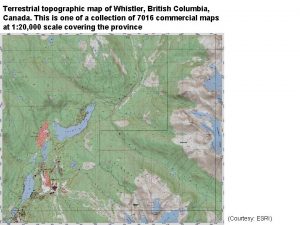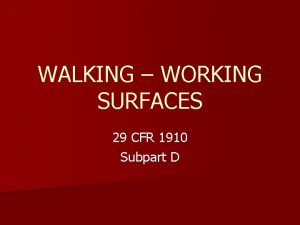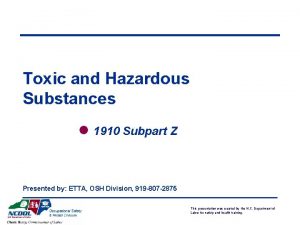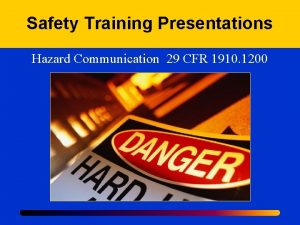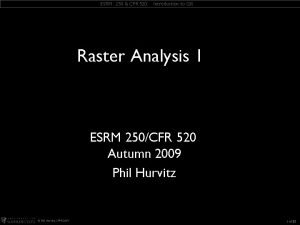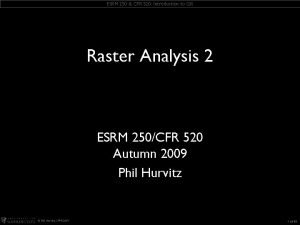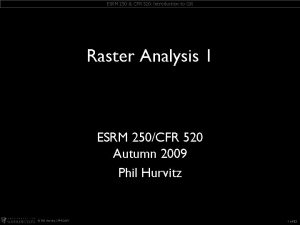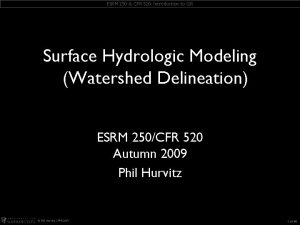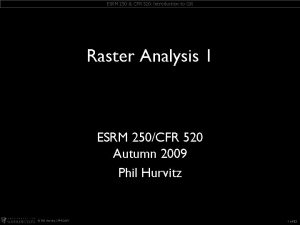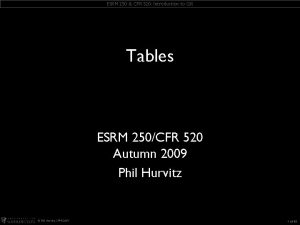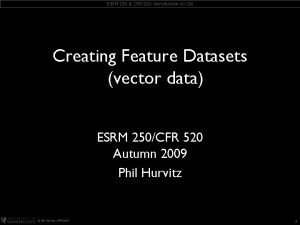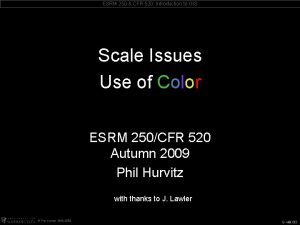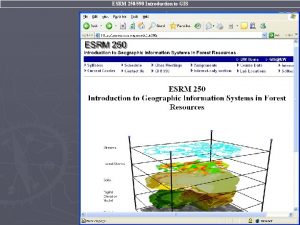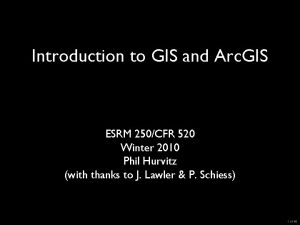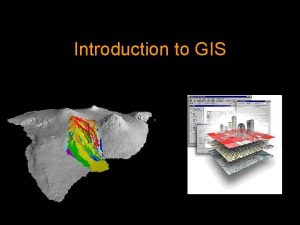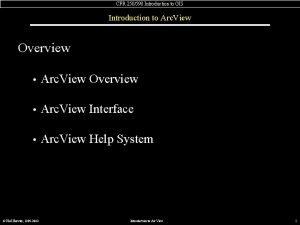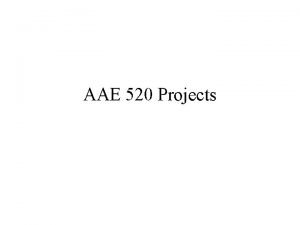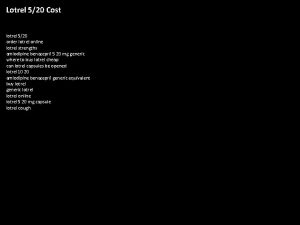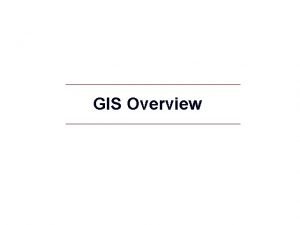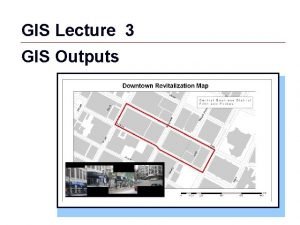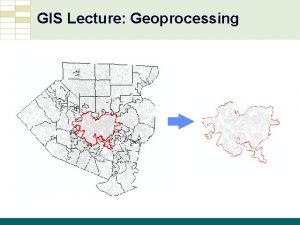ESRM 250 CFR 520 Introduction to GIS Map






































- Slides: 38

ESRM 250 & CFR 520: Introduction to GIS Map Layouts ESRM 250/CFR 520 Autumn 2009 Phil Hurvitz © Phil Hurvitz, 1999 -2009 1 of 38

ESRM 250 & CFR 520: Introduction to GIS Introduction Map Layouts GIS output is frequently a map þ Map layouts are used for communication þ What drives cartographic choices? þ Maps are technical and artistic documents þ Maps are not “reality” þ How to Lie With Maps (Mark Monmonier) þ © Phil Hurvitz, 1999 -2009 2 of 38

ESRM 250 & CFR 520: Introduction to GIS Overview Map Layouts Map Layout elements Graphical primitives Creating map layouts Printing/Capturing Layouts © Phil Hurvitz, 1999 -2009 3 of 38

ESRM 250 & CFR 520: Introduction to GIS Map Layouts An integral part of Arc. Map Cartographic quality map editor Composed of multiple elements Elements may be dynamically linked to frame source Map layouts can be printed or saved as graphics © Phil Hurvitz, 1999 -2009 4 of 38

ESRM 250 & CFR 520: Introduction to GIS Map Layout elements Elements contain representations of other components Elements are added individually to layouts © Phil Hurvitz, 1999 -2009 5 of 38

ESRM 250 & CFR 520: Introduction to GIS Map Layout components map © Phil Hurvitz, 1999 -2009 6 of 38

ESRM 250 & CFR 520: Introduction to GIS Map Layout components neatline © Phil Hurvitz, 1999 -2009 7 of 38

ESRM 250 & CFR 520: Introduction to GIS Map Layout components scale bar © Phil Hurvitz, 1999 -2009 8 of 38

ESRM 250 & CFR 520: Introduction to GIS Map Layout components logo (graphics file) © Phil Hurvitz, 1999 -2009 9 of 38

ESRM 250 & CFR 520: Introduction to GIS Map Layout components legend © Phil Hurvitz, 1999 -2009 10 of 38

ESRM 250 & CFR 520: Introduction to GIS Map Layout components north arrow © Phil Hurvitz, 1999 -2009 11 of 38

ESRM 250 & CFR 520: Introduction to GIS Map Layout components title table graph © Phil Hurvitz, 1999 -2009 12 of 38

ESRM 250 & CFR 520: Introduction to GIS Map Layout elements Data frame Legends Scale bars North arrows Graphs Tables Pictures Text © Phil Hurvitz, 1999 -2009 13 of 38

ESRM 250 & CFR 520: Introduction to GIS Data frame elements contain data displayed in the Map display © Phil Hurvitz, 1999 -2009 14 of 38

ESRM 250 & CFR 520: Introduction to GIS Legends Legend elements contain the Table of Contents a data frame Legend frames are dynamically linked to TOC þ Controlled with Properties dialogue þ © Phil Hurvitz, 1999 -2009 15 of 38

ESRM 250 & CFR 520: Introduction to GIS Legends © Phil Hurvitz, 1999 -2009 16 of 38

ESRM 250 & CFR 520: Introduction to GIS Legends: Properties © Phil Hurvitz, 1999 -2009 17 of 38

ESRM 250 & CFR 520: Introduction to GIS Scale bars contain a representation of the scale RF Scale bars are dynamically linked to data frames þ Various styles to choose from, including plain text RF þ Map units in data frame properties must be set þ Controlled with Properties dialogue þ © Phil Hurvitz, 1999 -2009 18 of 38

ESRM 250 & CFR 520: Introduction to GIS Scale bars scale bar, unfilled scale RF © Phil Hurvitz, 1999 -2009 19 of 38

ESRM 250 & CFR 520: Introduction to GIS Scale bars: Properties © Phil Hurvitz, 1999 -2009 20 of 38

ESRM 250 & CFR 520: Introduction to GIS North arrows should be added to all maps A variety of different north arrow styles to choose from þ Any True. Type font symbol can be used as a north arrow þ North arrow angle (orientation) can be specified þ Controlled with North Arrow Manager þ © Phil Hurvitz, 1999 -2009 21 of 38

ESRM 250 & CFR 520: Introduction to GIS North arrows © Phil Hurvitz, 1999 -2009 22 of 38

ESRM 250 & CFR 520: Introduction to GIS Graph elements © Phil Hurvitz, 1999 -2009 23 of 38

ESRM 250 & CFR 520: Introduction to GIS Table elements contain “snapshots” of tables Table format sets look of table in layout Tables elements are static (not linked back to source) © Phil Hurvitz, 1999 -2009 24 of 38

ESRM 250 & CFR 520: Introduction to GIS Table elements © Phil Hurvitz, 1999 -2009 25 of 38

ESRM 250 & CFR 520: Introduction to GIS Picture frames Picture elements contain graphical images Not dynamically linked © Phil Hurvitz, 1999 -2009 26 of 38

ESRM 250 & CFR 520: Introduction to GIS Text elements Titles & other text can be added Any True. Type font can be used Controlled with Properties dialogue © Phil Hurvitz, 1999 -2009 27 of 38

ESRM 250 & CFR 520: Introduction to GIS Graphical primitives: Shapes Use draw tools to create simple graphics on layout rectangle polygon circle ellipse polyline curve freehand line point © Phil Hurvitz, 1999 -2009 28 of 38

ESRM 250 & CFR 520: Introduction to GIS Creating map layouts Grouping elements Front/back Simplifying elements Saving templates © Phil Hurvitz, 1999 -2009 29 of 38

ESRM 250 & CFR 520: Introduction to GIS Grouping elements Map layouts contain many elements Management of various elements can be difficult Grouping elements makes management easier Grouped elements can be moved & resized as a single object Grouped elements can be grouped into supergroups Grouped elements can be ungrouped © Phil Hurvitz, 1999 -2009 30 of 38

ESRM 250 & CFR 520: Introduction to GIS Grouping elements ungrouped © Phil Hurvitz, 1999 -2009 31 of 38

ESRM 250 & CFR 520: Introduction to GIS Front/back Elements are managed on a graphical plane All elements are in front of or behind other elements Elements are added to the front of the graphical plane Elements can be brought to the front or sent to the back © Phil Hurvitz, 1999 -2009 32 of 38

ESRM 250 & CFR 520: Introduction to GIS Front/back © Phil Hurvitz, 1999 -2009 33 of 38

ESRM 250 & CFR 520: Introduction to GIS Simplifying elements Most elements are complex graphics Complex graphics can be degenerated into simple graphics Simplified graphics lose linkage to source Data frames þ Legends þ Scale bars þ Simplified graphics can be altered using draw tools © Phil Hurvitz, 1999 -2009 34 of 38

ESRM 250 & CFR 520: Introduction to GIS Saving templates Layout templates can be created for recreating similar maps Useful for frequently used maps Useful for reports: multiple maps with same basic layout Stored layouts can be used as templates repeatedly © Phil Hurvitz, 1999 -2009 35 of 38

ESRM 250 & CFR 520: Introduction to GIS Saving & using templates © Phil Hurvitz, 1999 -2009 36 of 38

ESRM 250 & CFR 520: Introduction to GIS Printing/Capturing Layouts can be spooled to printers Layouts can be exported to graphics files for printing later or importing to other applications © Phil Hurvitz, 1999 -2009 37 of 38

ESRM 250 & CFR 520: Introduction to GIS Printing/Capturing Layouts Many different output formats to choose from © Phil Hurvitz, 1999 -2009 38 of 38
 Confirmed revenue passenger oversales
Confirmed revenue passenger oversales Cfr 250
Cfr 250 Esrm cad download
Esrm cad download Esrm national grid
Esrm national grid Esrm cad download
Esrm cad download Mxdon
Mxdon Esrm software
Esrm software Dts receiver programming
Dts receiver programming Cidb pps & scaffolding
Cidb pps & scaffolding Csc520
Csc520 Kni 520
Kni 520 A set of pulleys lifts an 800 n crate 4
A set of pulleys lifts an 800 n crate 4 12vac35-105-620
12vac35-105-620 Bio 520
Bio 520 Aae 520
Aae 520 Aae 520
Aae 520 Aerodynamics
Aerodynamics Arry-520
Arry-520 Miaa 520
Miaa 520 Wees mijn verlangen
Wees mijn verlangen Rigexpert.com
Rigexpert.com Hl 520
Hl 520 Nep 705
Nep 705 Intrinsic value of option formula
Intrinsic value of option formula Pairwise disjoint
Pairwise disjoint 520 bc
520 bc Bio520
Bio520 Pdg-670
Pdg-670 Ead 520
Ead 520 Introduction to gis
Introduction to gis Introduction to gis
Introduction to gis Gis
Gis Ftp psftp polkfl
Ftp psftp polkfl Arc gis map
Arc gis map Arc gis map
Arc gis map Whistler gis map
Whistler gis map 29 cfr 1910 subpart d
29 cfr 1910 subpart d 29 cfr part 1910 subpart z
29 cfr part 1910 subpart z 29 cfr 1910 osha 178
29 cfr 1910 osha 178
